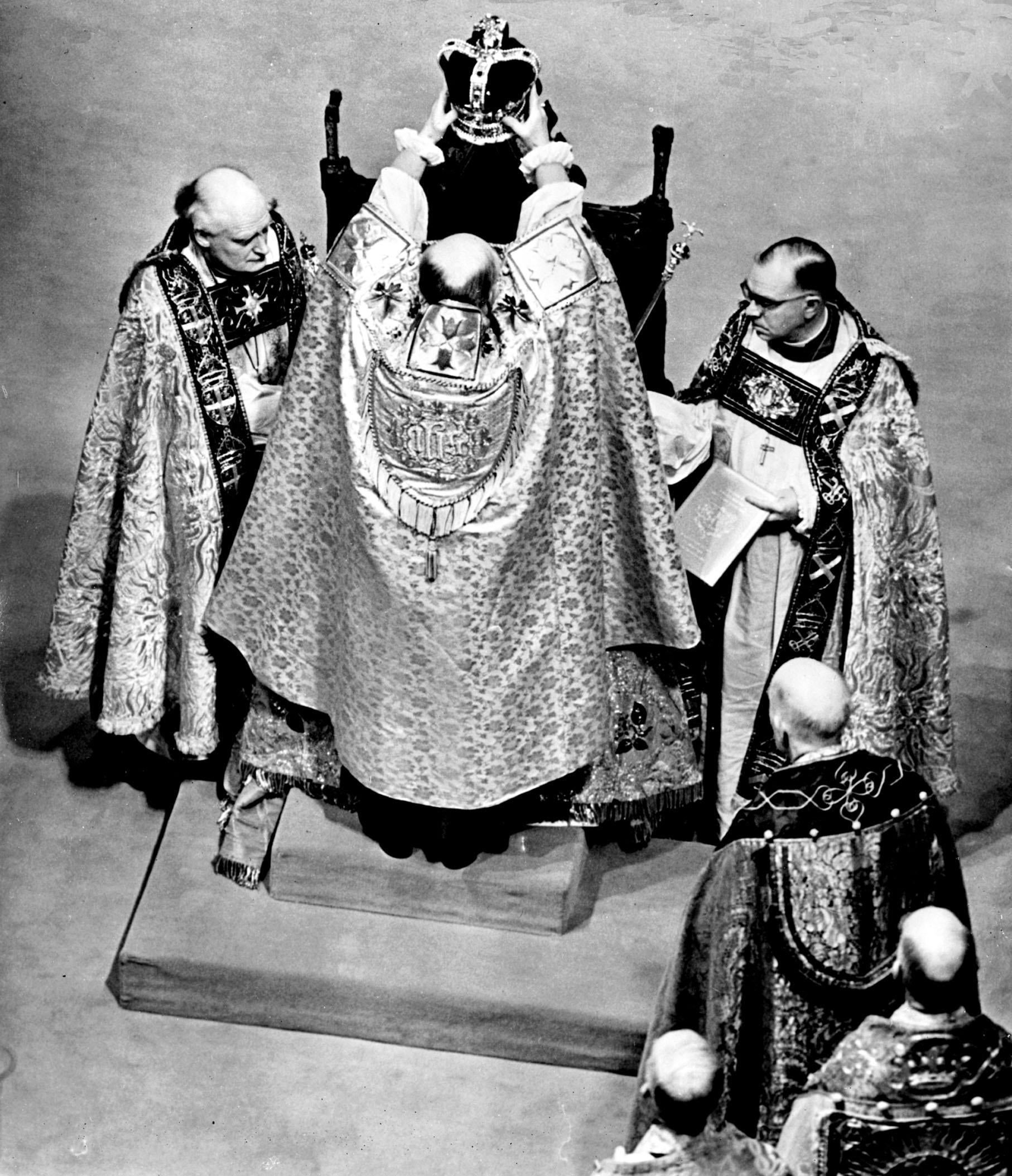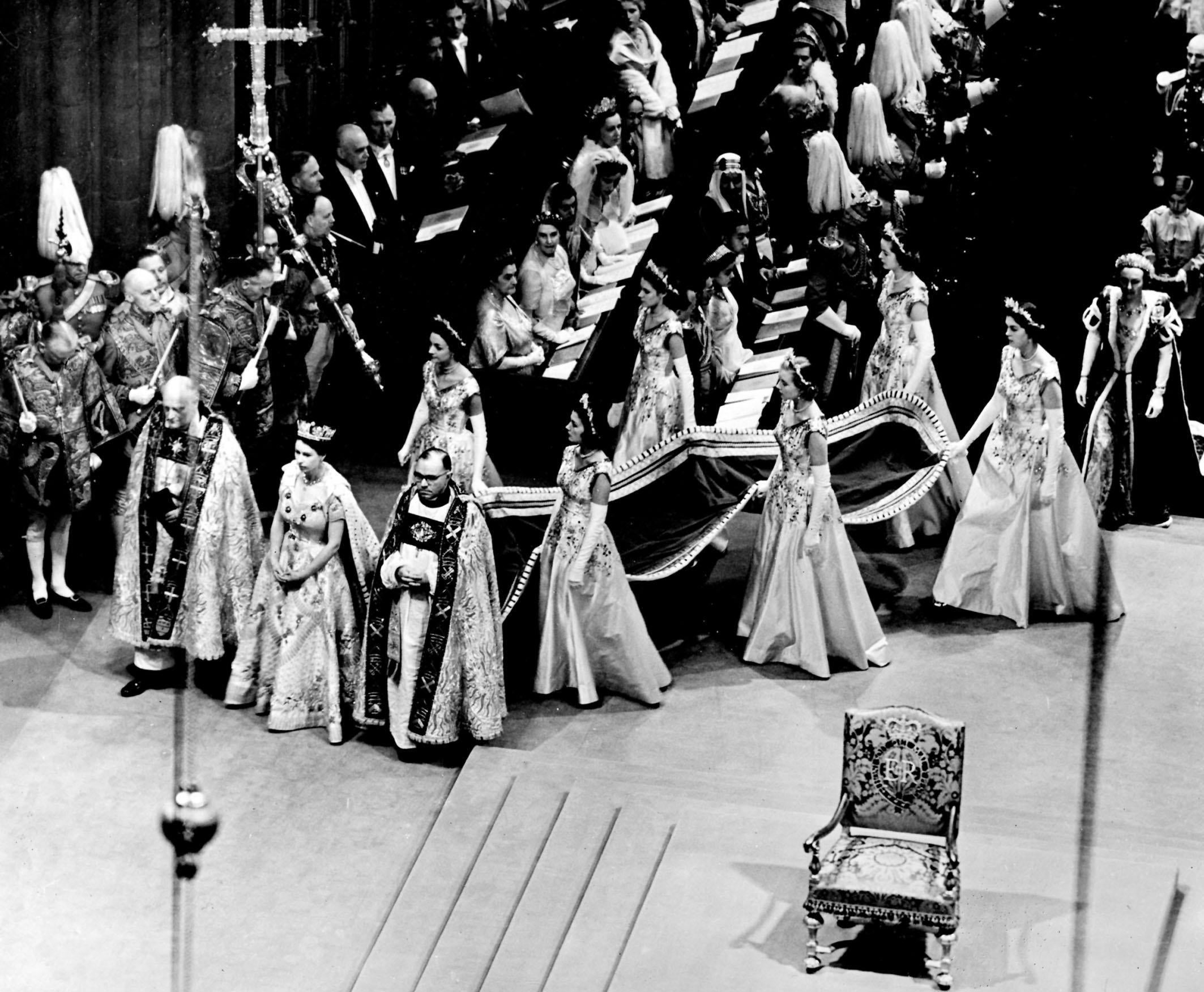
Queen Elizabeth II has sadly died at the age of 96, on Thursday 8 September 2022.
The monarch, who was the world’s longest-reigning living monarch up until her death, passed away “peacefully” in Balmoral Castle.
Nearly seven decades ago, a year after first ascending to the throne, millions watched as Queen Elizabeth II‘s coronation took place at Westminster Abbey.
At 25 years old, the royal took on the title of monarch after her father, King George VI, passed away.
The coronation was held over a year after the King’s death, as is tradition when crowning a monarch following the death of their predecessor.
Here are 13 interesting facts about the Queen‘s coronation that you may not have known, according to the royal family's website.
1. A heavy crown
The crown placed on the Queen’s head during the ceremony, St Edward’s Crown, is made of solid gold.
Made in 1661, the headpiece weighs 4 pounds and 12 ounces. For comparison, one can of Heinz tomato soup weighs about 14 ounces, just under 1 pound.

2. A broadcasting breakthrough
Queen Elizabeth II’s coronation in 1953 marked the first time the ceremony was shown on television.
Watched by 27 million people in the UK, three quarters of the population, and listened to by 11 million people on the radio, the event would have been the first many had ever watched live on television.
3. The son of the monarch
When Princess Elizabeth became the Queen upon her father’s death, her eldest son, Prince Charles, was just shy of four years old.
The following year, Prince Charles became the first child to witness his mother’s coronation as sovereign.
Princess Anne, who was two months away from her second birthday at the time of the coronation, was deemed too young to attend the ceremony.

4. Jackie the journalist
Of the 2,000 journalists who were present on the coronation route, one would go on to become better acquainted with the Queen as First Lady of her nation.
Jackie Kennedy, then Jacqueline Bouvier, was working for the Washington Times-Herald at the time of the ceremony.
The Queen and First Lady of the US met eight years later, when she and her husband, President John F Kennedy, visited Buckingham Palace.
5. Paying homage to a former Queen
During her journey back to Buckingham Palace from Westminster Abbey, Queen Elizabeth II wore the Imperial State Crown.
The crown contained four pearls, which are believed to have previously been earrings worn by Queen Elizabeth I.
6. The origin of coronation chicken
Did you know that the term coronation chicken derives directly from the Queen’s coronation?
Following the ceremony, dishes needed to be prepared in order to entertain the foreign guests in attendance.
Florist Constance Spry, who was commissioned to arrange the flowers in Westminster Abbey and along the coronation procession route, was one of the individuals credited with coming up with the idea of serving a recipe that consisted of cold chicken in a curry cream sauce, alongside a salad. And so, coronation chicken was born.
7. A new batch of holy oil
During the coronation, the Queen was anointed by the Archbishop of Canterbury, Geoffrey Fisher, and the Dean of Westminster, Alan Campbell Don, who marked a cross on her forehead using holy oil.
The anointing oil used in coronation ceremonies is traditionally made in a large batch that is supposed to last a few ceremonies in succession.
However, a new batch had to made after a bomb hit the Deanery in May 1941 during the Second World War.

8. The ‘Wedding Ring of England’
As part of her coronation, Queen Elizabeth II joined a list of former monarchs who had the Coronation ring, otherwise known as “The Wedding Ring of England”, placed on the fourth finger of her right hand.
The ring has been worn at every coronation since it was created for the coronation of King William IV in 1831 – except one.
Queen Victoria had to use an alternative ring for her 1838 coronation because her fingers were too small.
9. Fourth coronation in a row
For some attendees, Queen Elizabeth II’s coronation marked the fourth they had witnessed at Westminster Abbey.
Before the Queen, her father, King George VI had his coronation in 1937; her grandfather, King George V, had his in 1911; and her great-grandfather, King Edward II, had his in 1902.
10. The coronation gown
The Queen wore her coronation gown on six separate occasions following the ceremony, including at the opening of Parliament in New Zealand and Australia in 1954.

11. An oxen roast
At the time of the Queen’s coronation in June 1953, rationing across the nation had not yet ended in the wake of the Second World War.
The Ministry of Food granted 82 applications allowing people to roast oxen as part of coronation festivities.
However, they were only allowed to do so if they could prove an ox had been roasted at previous coronations as part of tradition.
12. A grandchild on the throne
The Queen’s grandmother, Queen Mary, was the first Queen to see a grandchild be crowned monarch. She was 81 years old at the time.
However, Queen Mary died on 24 March 1953, three months before the coronation took place.
13. Another church in attendance
The proceedings of the coronation were overseen by the Archbishop of Canterbury, a tradition dating back to 1066.
However, Queen Elizabeth II’s coronation marked the first time a representative from another church was also involved in the ceremony, as the Moderator of the Church of Scotland played a role.







